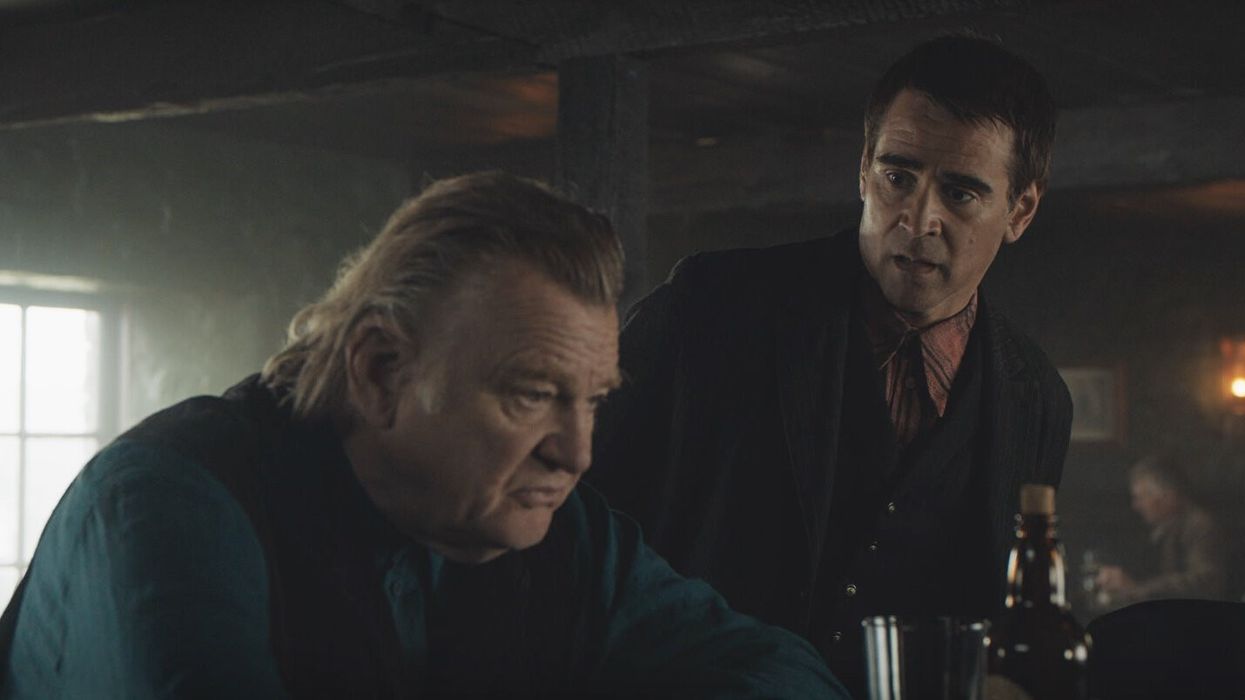Discover the Perks Martin McDonagh Finds by Not Writing a Treatment
Learn how this Academy Award-winning writer/director approaches the screenwriting process.

The annual Directors on Directors program from Variety has officially begun, with this year’s inaugural guests being Taylor Swift and Martin McDonagh. The two directors come from different backgrounds, with Swift being a pop sensation for the last 16 years and McDonagh being a sensational playwright since 1996 with The Beauty Queen of Leenane.
The two artists stepped into the writing/directing role with short films, with McDonagh's short film winning an Oscar for Best Live Action Short Film, which showcased their talents in filmmaking, proving themselves as powerhouses behind the camera. The difference between the two directors is that McDonagh has a unique approach to screenwriting that shocked Swift, who is still finding her footing as a screenwriter.
During the interview, Swift and McDonagh talked about their respective experiences with directing. While Swift reveals that she storyboards many of her directorial projects like her short film All Too Well: The Short Film, McDonagh’s process is a bit more free-flowing.
When asked what the fingers in McDonagh’s latest film, The Banshees of Inisherin, represented, McDonagh responded, “I don’t know. I just thought it was funny.”
The British-Irish playwright, screenwriter, and director has written plays and screenplays for over three decades. Celebrated for his black comedy, McDonagh has a distinct voice that plays into the humor with a level of sincerity that the story demands to be taken seriously. This, however, is not always McDonagh’s goal when he sits down to write a story.
“I never plan out a script beforehand,” McDonagh told Swift. “I never do a treatment and I never know what’s going to happen from scene to scene. I was kind of shocked when [Colm (Brendan Gleeson)] came into the pub and made that threat. But after it happened, it kind of threw everything up in the air, and anything could happen after that.”
While we might not all feel as confident in the initial idea that kicks off our screenplays as McDonagh, it is important to trust your gut and let the story follow the most natural path. Allowing the story to casually unfold from scene to scene can create a story that is surprising to you.

If you do try McDonagh’s approach when writing your next screenplay for a shot or feature, then keep in mind who your characters are and make sure they do not do anything that feels out of place. When an idea comes to you, write it out and go back during the editing process and see if that scene makes sense for the characters. If it doesn’t work, then find a way to reshape the scene to fit the story.
Writing can lead to surprising revelations. Sometimes, you will find a new direction or a pathway for a character to travel down that you didn’t initially see in your treatment. It’s not a waste of time to explore those paths because you can always tell that story later if it doesn’t work in this screenplay. That is exactly what Ti West did for Pearl in X, which led to everyone’s Halloween inspiration, Pearl.
Don’t be afraid to explore when writing. Keeping an open mind and being unrestrained during the initial writing process is a freeing exercise that could lead to great moments.
Do you plan your story or start writing blindly like McDonagh? Let us know in the comments!
Source: Variety











